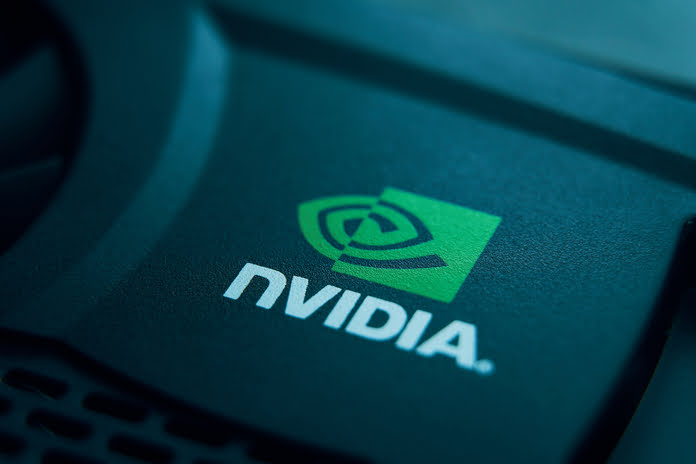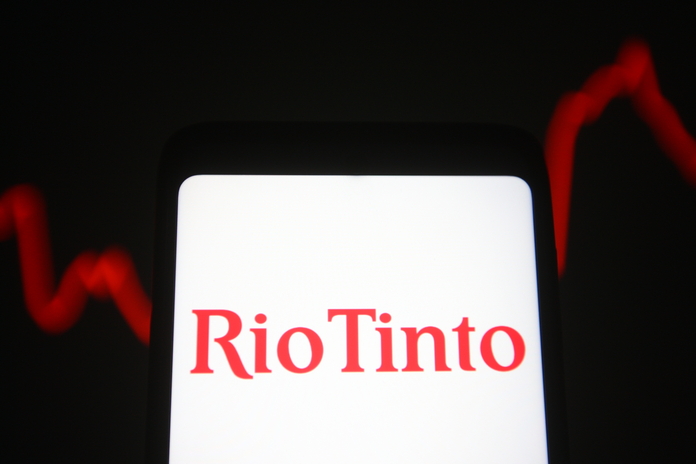Nvidia (NASDAQ:NVDA) has been riding a remarkable upward trajectory in recent months, consistently reaching record highs. However, as discussions around an ‘AI Bubble’ gain traction, questions arise regarding the potential overvaluation of Nvidia stock.
In May 2023, Nvidia’s market cap exceeded $1 trillion, propelled by its fiscal Q1 2024 earnings release. Throughout 2023, NVDA stock surged by 240%, securing its position as the best-performing S&P 500 stock. As of early 2024, NVDA has already soared by 72% year-to-date, with its market cap surpassing $2 trillion, eclipsing tech giants like Alphabet and Amazon.
Despite occasional dips, opportunities to buy NVDA shares at lower prices have been scarce, leading some to question whether the stock is overvalued. The prevailing sentiment in a segment of the market suggests skepticism towards the AI narrative, drawing comparisons to the tech boom of the late ’90s.
The Debate Surrounding the AI Industry’s Viability
Opinions regarding the sustainability of the AI industry diverge. While some, like Apollo Global Management’s Torsten Sløk, warn of a massive AI bubble, others, including JPMorgan Chase CEO Jamie Dimon, contend that the current AI advancements are genuine and transformative.
Indeed, Nvidia’s AI-driven growth appears substantial. The company forecasts robust revenues, with projections reaching $110 billion in the current fiscal year and $130 billion in the next, a significant increase from under $11 billion in fiscal 2020.
Valuation Concerns and Analyst Perspectives
Valuation expert Ashwath Damodaran believes that Nvidia’s stock has become excessively valued. He suggests that the stock’s ascent may have gone too far, prompting him to reduce his holdings. Despite such concerns, numerous analysts maintain bullish outlooks, with various brokerages increasing NVDA’s target prices.
Assessing Nvidia’s Valuation Metrics
Analyzing Nvidia’s valuation across multiple metrics provides insights into its current standing:
- Price-to-book multiple: Currently exceeding 46x, approximately double its five-year average.
- Price-to-sales multiple: At 19.4x for the next 12 months, slightly higher than the five-year average of 15.8x.
- Price-to-earnings (PE) multiple: Currently at 34.6x, notably below the five-year average of 41.6x.
- Earnings growth and price-to-earnings-to-growth (PEG) ratio: With expected revenue and earnings growth far surpassing peers, Nvidia’s 1-year forward PEG ratio indicates undervaluation, being the lowest among major tech companies.
Navigating the Future
Nvidia’s exceptional growth is driven by its dominance in the AI sector, but sustainability hinges on continued demand and competition dynamics. While short-term projections remain positive, investors must consider the long-term outlook, particularly amidst concerns about speculative bubbles and market volatility.
In conclusion, while Nvidia’s stock may continue to rally, cautious profit-taking strategies may be prudent at current levels, acknowledging the uncertainty surrounding sustained growth beyond the near future.
Featured Image: Megapixl















